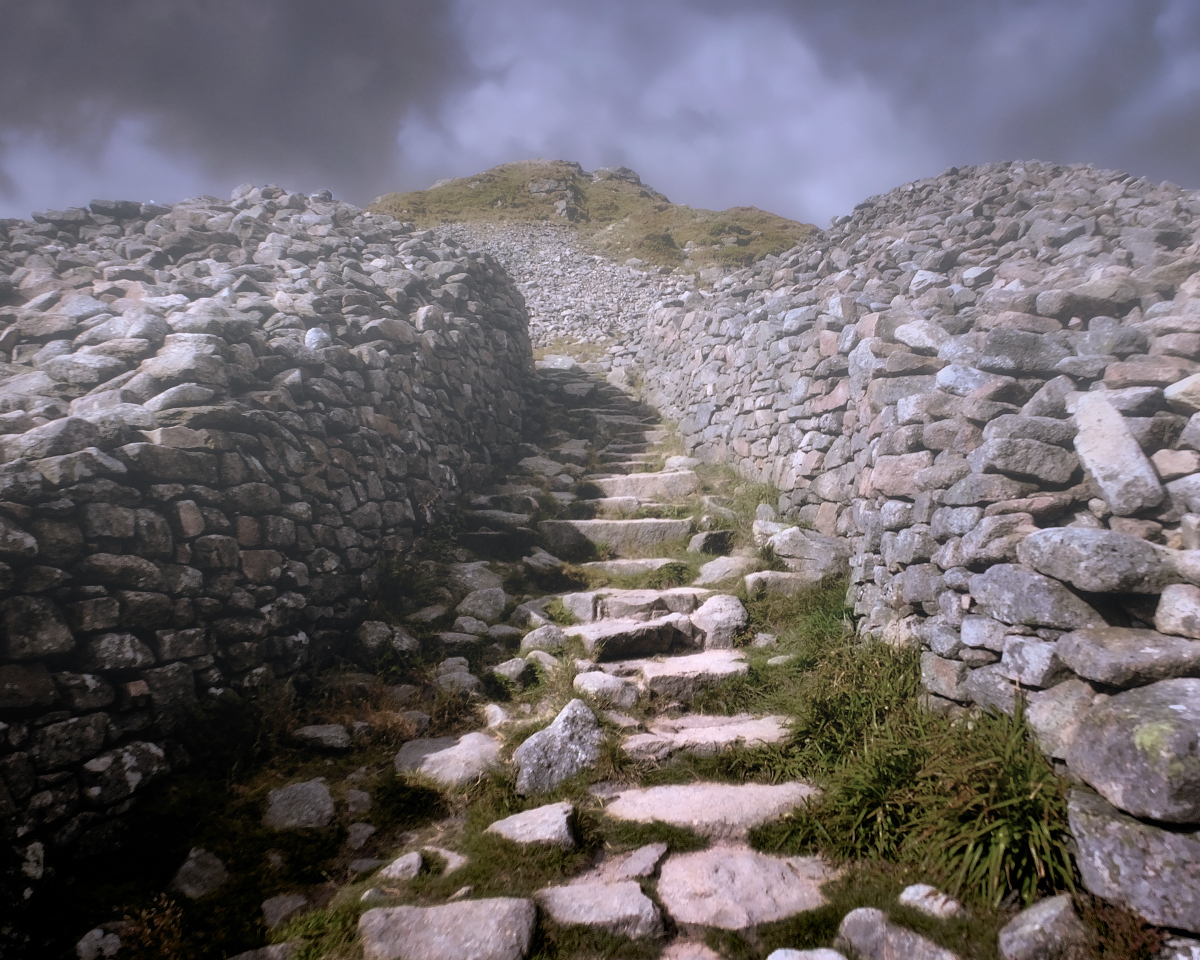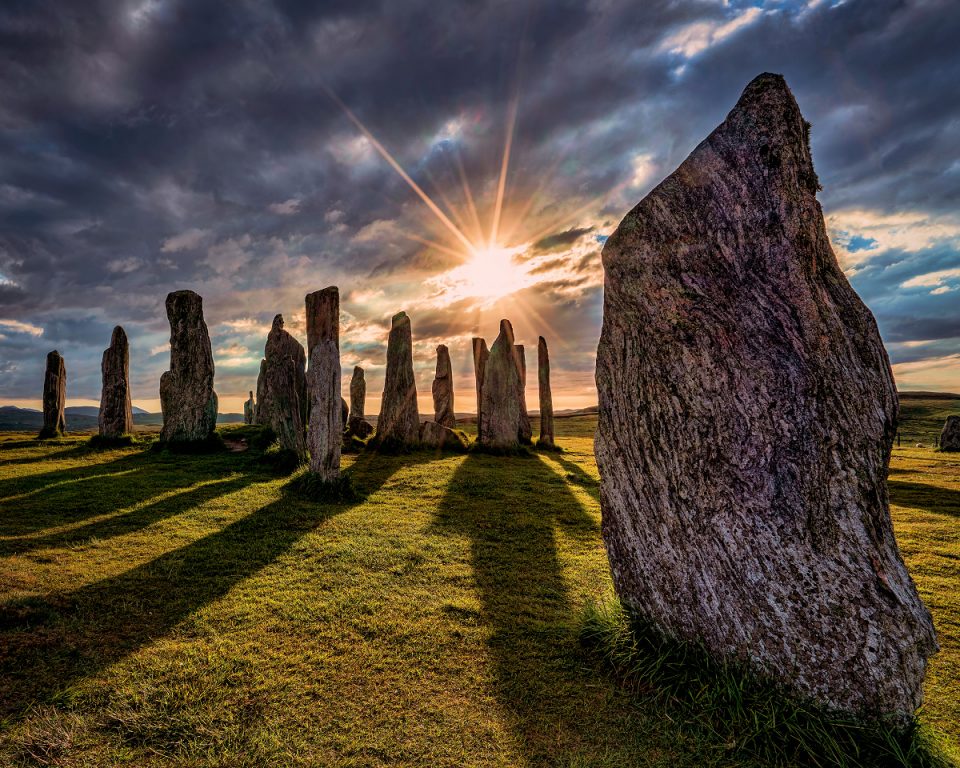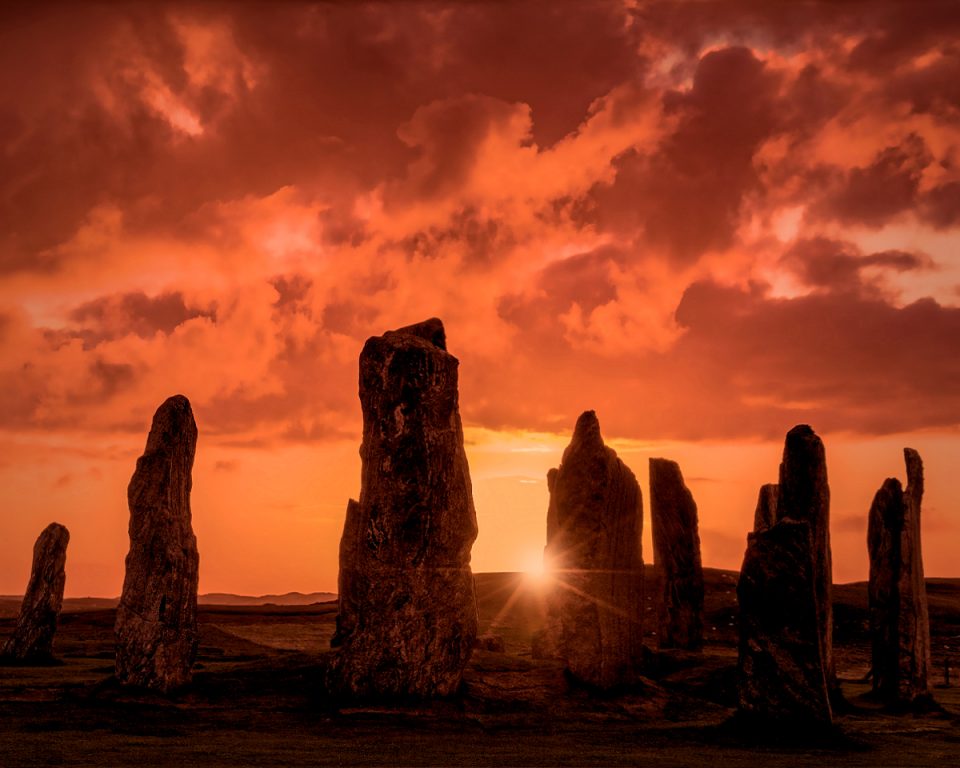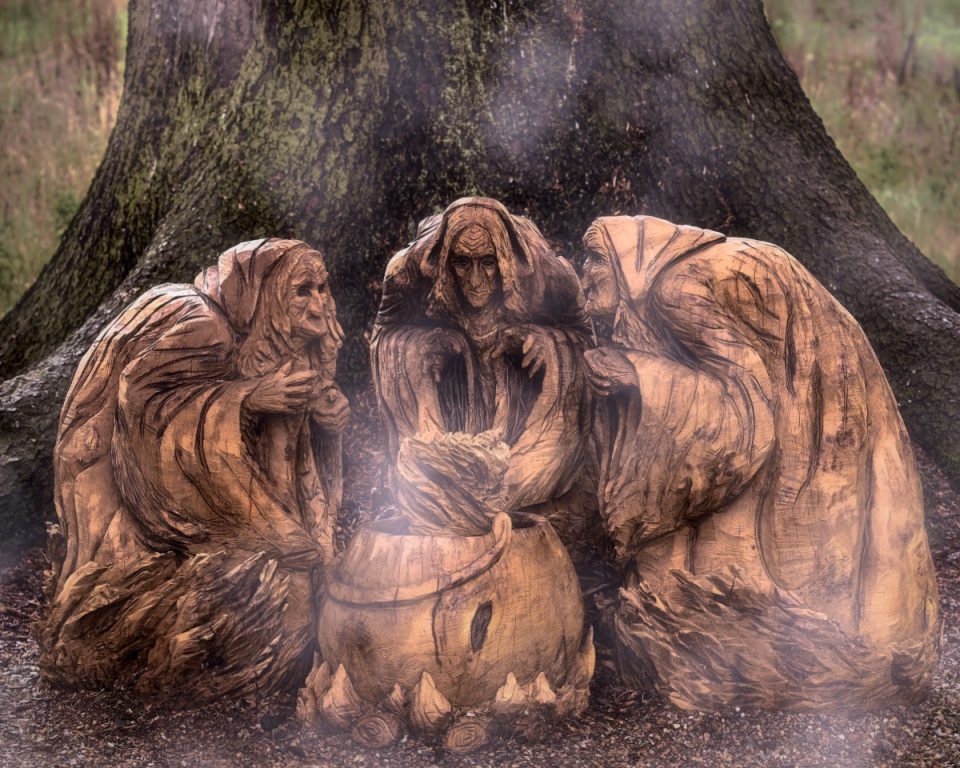Gowk Day is Scotland’s take on April ‘Fools Day and is also celebrated on the 1st of April. In Scots ‘gowk’ has a double meaning. It can be a cuckoo or a fool. However, the cuckoo also features prominently in Scottish folklore and even has connections with the Standing Stones of Calanais.
Gowk Day: Hunting the Gowk
In Scotland, the practice of making someone an April’s Fool is known as ‘hunting the gowk’. Someone who falls for an April’s Fool’s Day prank is called a ‘huntegowk’. It is believed that the tradition is partly derived from an old custom of leading young people from wood to wood to track the newly arrived spring cuckoos which return from Africa to breed in Scotland. Of course, this proves to be a fool’s errand because the cuckoos keep flying beyond reach.
A Traditional Gowk Day Prank
A traditional prank was to ask someone to deliver a sealed message requesting help of some sort. Upon opening the letter, the recipient would read the following message:
‘Dinna laugh, dinna smile, hunt the gowk another mile.’
Keeping a straight face, the recipient would then send the poor unfortunate on another errand to complete further ridiculous tasks. The chain of letters would only stop when someone took finally pity on the gullible messenger.
Beyond Gowk Day: The Myth Behind the Cuckoo
Gowk Day has been celebrated in Scotland since at least the 1700s. However, there might be more to the Gowk Day tradition than initially meets the eye. The cuckoo features strongly in the folklore of Scotland. Could this be a relic of some ancient ritual?
In the Highlands, April 1st was considered to be an unlucky date to begin a new venture. If a cuckoo came near a house it foretold the imminent death of an inmate. It was believed that the call of the cuckoo was able to summon the dead and the bird was thought to have the power of prophecy. It was said that the cuckoo could foretell a person’s lifespan, when they would marry and how many children they would have. The cuckoo was thought to be able to travel back and forth between the worlds of the living and the dead. It was considered to be one of the seven sleepers of the earth in Gaelic culture and as such, spent the winter in the underworld.
Could it be that the ancients made a connection between the cuckoo’s unusual biology and the lore of the sith or fairies? After all, the cuckoo lays its eggs in another bird’s nest and leaves the host bird to tend to the cuckoo chick. The cuckoo chick supplants the bird’s own brood reminiscent of the way the sith were said to swap human babies for changelings.
The first appearance of the cuckoo was once thought to have brought about ‘gowk storms’, the wild spring storms.
The Connection with Calanais
On the Island of Lewis there was a local folk belief that when the sun rose on midsummer morning, the ‘shining one’ walked along the stone avenue to the Stone Circle at Calanish with his arrival heralded by the cuckoo’s call. The cuckoo was believed to return to his winter house on midsummer’s day.
Throughout the length and breadth of Scotland, there are a number of ‘gowk stanes’. This title has been given to several standing stones and glacial erratics. There are often regional variations to the spelling ‘gowk’.
Generally, the term ‘Gowk Stane’ refers to a stone where the local cuckoos first return to each year to herald the coming of spring.
The Gouk Stane of Bennachie
Bennachie is the distinctive hill that dominates the skyline when you travel west out of Aberdeen. It has several summits and one of them, Mither Tap, was once home to a Pictish Fort. The surrounding area is filled with a variety of stone circles and Pictish stones. In the area, there is a stone called the Gouk Stane. According to one local legend, it got its name because this is where the returning cuckoo first comes to rest on its journey back to Scotland from Africa.
However, there is another local legend about the stone.
Jock o’Bennachie
Craigshannoch is one of Bennachie’s multiple peaks. The 900 feet stretch between Craigshannoch and two small tors is known as Little John’s Length. This is said to be the bed of a giant, John or Jock of Bennachie. Jock was not the only giant in the area. His great rival was Jock o’ Noth. Jock o’Noth lived on Tap o’Noth, the hill overlooking the village of Rhynie and the site of another Pictish Hill Fort. Both men were in love with a beautiful giantess, Lady Anne
Rumours began flying. Anne had entered into a dalliance with Jock o’ Noth. Jock o’ Bennachie marched to the top of his hill to get a better view of what was happening. To his horror the rumours were true. There was his rival cuddling his beloved. In a rage, he threw a huge boulder off the top of Bennachie down on Jock o’ Noth who was able to deflect the stone. Much to Anne’s distress, the giants promptly engaged in a rock-throwing battle. As Anne tried to intervene, one of the rocks crushed her to death.
Jock’s Curse
Jock o’ Bennachie fled in terror. He had killed his one love!
That night he cried himself to sleep but was wakened by Anne’s voice.
“I’ve been looking for you, “Anne crooned. With that, she wrapped her arms around him and began to kiss him. Suddenly Anne was gone and in her place was a tall, ugly, angry fairy woman pulling shut a massive wooden door.
“Aye Jock, ye did kill the puir quine, and ye’ll bide here till somebody braks my spell!”
Jock’s screams rent the night air but it was too late. The door closed behind the fairy woman. He was trapped within East Aquhorthies Stone Circle
Her curse ran thus:
Scotland will never be rich, be rich
Till they find the keys of Bennachie
They shall be found by a wife’s ae son, wi ae e’e,
Aneath a juniper tree!
It meant that Jock could only be freed by a one-eyed boy who was an only son and the keys to the hill’s secret prison to be found under a juniper tree. So far, Jock has not been released.
The Gouk Stane of Bennachie is said to be the stone that killed Anne and Jock is the gouk or fool who killed his love.




